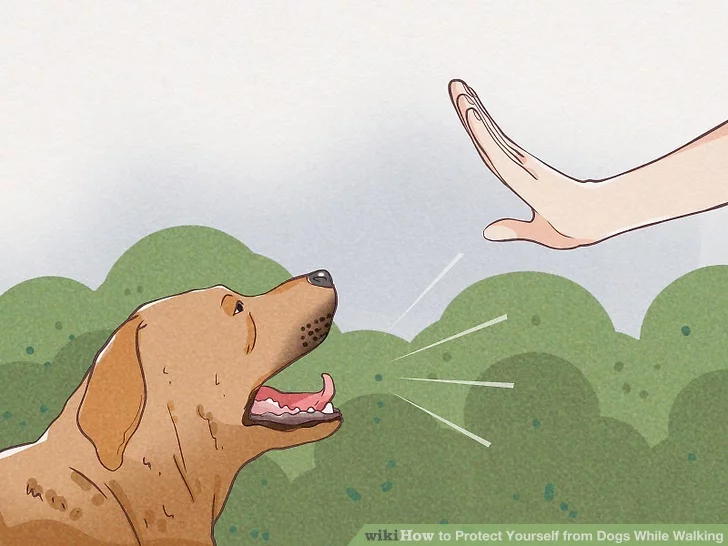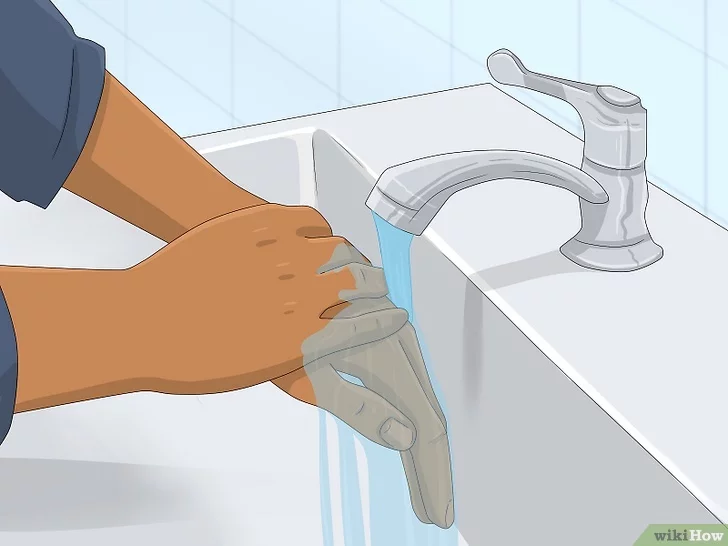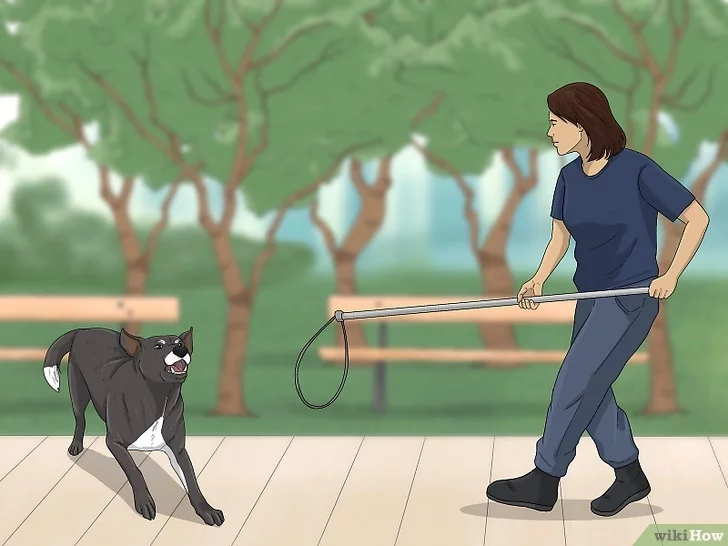Best Weapon To Defend AGainst Dog Attack
Best Weapon to Defend Against Dog Attack: A Comprehensive Guide

Table of Contents
The Ultimate Guide to Defending Against Dog Attacks
Dog attacks can be a frightening experience, and while we hope never to encounter an aggressive dog, it’s essential to be prepared. This comprehensive guide will explore the best non-lethal weapons for defending against dog attacks, ensuring your safety and the well-being of the animal.
Safeguarding Yourself: Non-Lethal Defense Against Dog Attacks
Encountering an aggressive dog can be a harrowing experience. While most dogs are friendly companions, it’s crucial to know how to defend yourself during an unexpected attack without causing lasting harm to the animal. This guide will explore the best non-lethal weapons and strategies to keep you safe.
Understanding Dog Behavior
Before we delve into defense mechanisms, it’s crucial to understand why dogs attack. Dogs may become aggressive out of fear, protection of their territory, or if they feel threatened. Recognizing the signs of aggression, such as growling, bared teeth, and rigid body language, can help you prevent an attack before it happens.
Best Non-Lethal Weapons for Defense
When it comes to defending yourself against a potential dog attack, non-lethal weapons are the preferred choice. They can effectively deter an aggressive dog without causing long-term harm.
Pepper Spray
Pepper spray is a highly recommended option for defending against dog attacks. It’s a humane yet effective way to stop an aggressive dog in its tracks. The SABRE Protector Dog Spray with Key Ring is a popular choice, offering a 12-foot range and a natural pepper spray.
Ultrasonic Dog Deterrent
An ultrasonic dog deterrent emits a high-pitched sound that’s uncomfortable for dogs but safe and humane. It’s an effective tool for keeping an aggressive dog at bay without physical confrontation.
A stun gun can be a powerful deterrent, delivering a non-lethal electric shock that can stop an attacking dog without causing permanent injury.
Air Horn
The loud noise from an air horn can startle and confuse an attacking dog, giving you time to escape or seek help.
How to Handle a Dog Attack
If you find yourself facing an aggressive dog, here are some expert-recommended steps to protect yourself:
- Stay Calm: Avoid panicking, as dogs can sense fear. Remain motionless, avoid eye contact, and keep your hands at your sides.
Do not panic; remain composed. The saying that dogs and other animals can detect fear has some validity, and if you’re calm and low-key, dogs are less inclined to attack. The dog is more likely to attack if you yell or run in an angry manner.
- Avoid waving your arms or kicking with your legs as the dog can interpret these movements as menacing.
- Aggressive behavior isn’t usually displayed by an attacking dog. Most of the time, their attacks are motivated by fear or confusion. Therefore, the less you frighten or confuse the dog, the less probable it is that they would attack.
2. Don’t Run: Running may trigger the dog’s chase instinct. Instead, back away slowly and avoid sudden movements
- If you’re not sure you can escape, don’t try to flee. The dog’s prey instinct to chase and capture creatures may be reawakened by running away. Even if it was only a fun gesture, they can come after you hard. Moreover, if you’re on foot, you won’t be able to outrun most dogs. Plenty of dogs will be able to catch up to you, even if you’re cycling.
Go ahead and go to your car and get inside if the dog is running and barking at you from a distance and you’re between 5 and 10 feet (1.5 and 3.0 meters) away.
3, Use Your Voice: Firmly say “No” or “Go home” to command the dog. Sometimes, a strong verbal command can stop an attack.
4. Defend Yourself: If an attack is unavoidable, use your chosen non-lethal weapon to defend yourself while aiming to escape and get to safety.
After an Attack
If you’ve been bitten or attacked by a dog, seek medical attention immediately, even if the injury seems minor. Report the incident to local authorities to ensure proper measures are taken to prevent future attacks.
Handling the Aftermath

Treat any injuries as quickly as you can.
In the event that you are bitten, make careful to tend to any wounds right away because even little bites can get infected. Apply the following basic first aid techniques for bites sustained during a dog attack:[9] Use light pressure to halt any slight bleeding. Make use of a sterile gauze pad or clean cloth. Seek prompt professional medical assistance if the bleeding is severe or if applying pressure doesn’t stop it after a few minutes.
- Cleanse the wound completely. The wound can be carefully cleaned with soap and warm water.
- Clothe the injury. For smaller injuries, use a sterile band-aid; for bigger lacerations, use sterile bandages.
- Keep a watchful eye out for any indications of infection, such as warmth, redness, growing pain, or pus seeping out. Consult a physician if necessary.

Make an animal control and police call.
It’s critical to ascertain whether an attacking dog has a history of violence or rabies. After a dog attack, contact the police right away so that the animal may be checked for illnesses and kept from hurting anyone else.[10] The dog that attacked you might attack other people as well if it was a stray. The greatest method to protect others and yourself is to remove them from the area.
- It’s up to you how you handle the issue once the attack has been subdued for dogs whose owners are close.
- Should you have suffered harm, you could wish to file a lawsuit. There are laws in many places that make dog owners accountable for their pets’ behavior.
Visit a physician to receive immunizations and dressings.
It is imperative that you contact a doctor as soon as possible to receive prophylactic treatment for the deadly disease rabies if you were bitten by an unidentified dog, a dog whose rabies status was subsequently confirmed, or a dog who seemed to be foaming at the mouth.[11]
If required, the rabies shot course should begin as soon as feasible following the bite.
You could need more prophylactic tetanus shots if it has been five years since you received your injection.
Any serious injuries sustained in a dog attack should generally be checked out by a medical specialist.
Preventing Dog Attacks
Prevention is always better than cure. Here are some tips to avoid dog attacks:
- Be Aware of Your Surroundings: Pay attention to dogs in your vicinity, especially if they’re unleashed or showing signs of aggression.
- Avoid Trespassing: Respect private property to avoid provoking territorial behavior.
- Do Not Approach Unknown Dogs: Always ask for permission before petting someone else’s dog.
- Educate Children: Teach children how to interact safely with dogs and to recognize when to stay away.
People Also Ask
Can I use a weapon to defend myself against a dog attack?
Yes, you can use non-lethal weapons such as pepper spray, ultrasonic dog deterrents, stun guns, or air horns to defend yourself in a dog attack situation. These tools can help you deter the dog without causing severe harm.
What should I do if a dog is chasing me?
If a dog is chasing you, do not run. Instead, stand still, avoid eye contact, and use a firm voice to command the dog. If necessary, use a non-lethal weapon to protect yourself.
How can I prevent dog attacks during walks?
To prevent dog attacks while walking, carry a non-lethal defense tool, be vigilant, and avoid areas where loose dogs are known to roam. If approached by an aggressive dog, remain calm and use your defense tool if needed.
Conclusion
In conclusion, while dog attacks can be alarming, being prepared with the right knowledge and tools can make all the difference. Remember, the goal is to defend yourself effectively while minimizing harm to the dog. Stay safe, stay informed, and enjoy your time outdoors with peace of mind.




